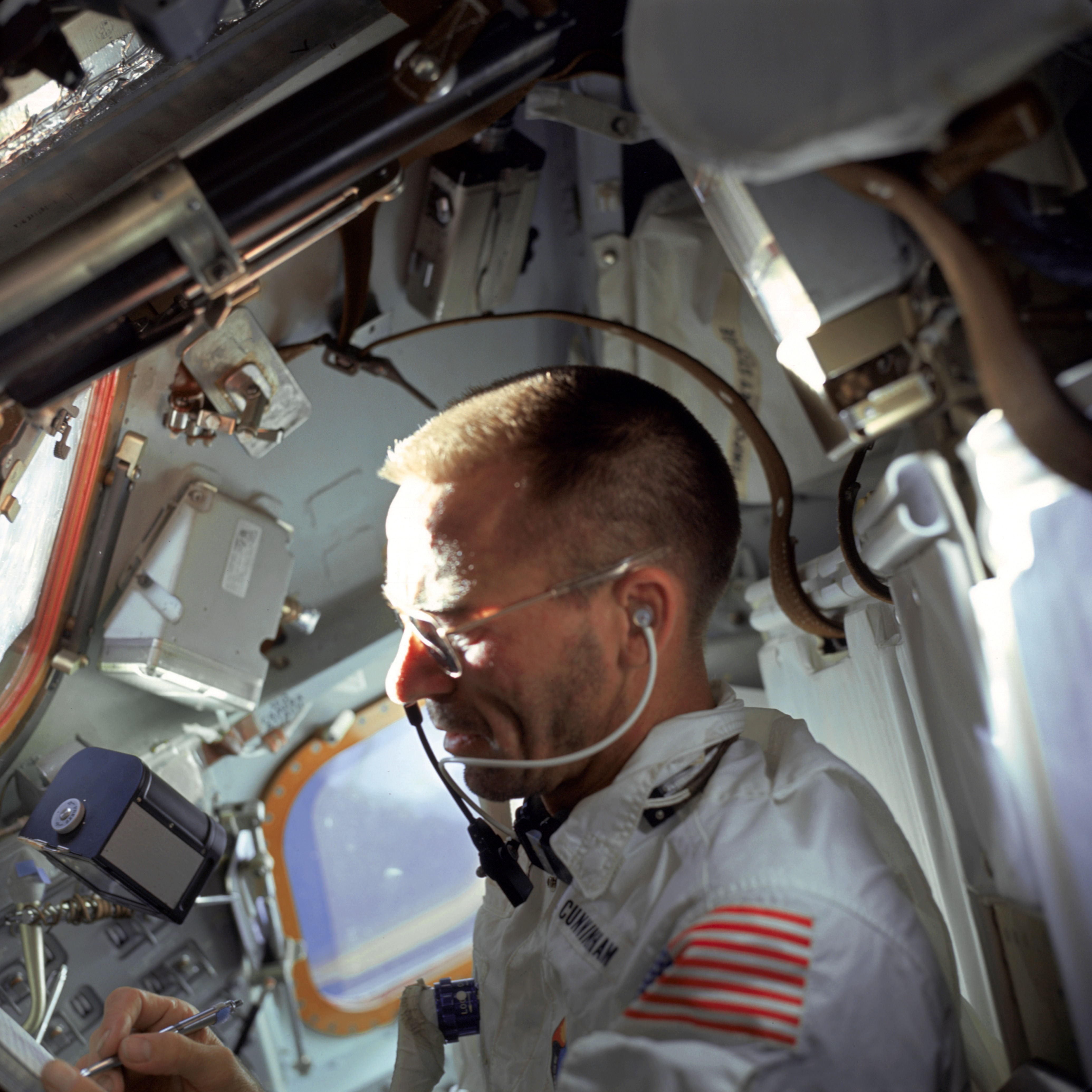The Space Pen
The Space Pen AKA the Zero Gravity Pen, an invention of the 1960s is used today by many astronauts, in the International Space Station, and other space related missions.
The Zero Gravity Pen was specially designed to work under harsh conditions in Space such as 360º rotation. The Pen, using pressurised ink cartridges, can write at any angle, underwater, in a large range of temperatures, and of course, zero gravity. The Pen was created as an alternative to lead pencils as the lead tip could break off and float away, creating hazards for both astronauts and the sensitive equipment onboard the spacecraft.
The Fisher Pen Company – before NASA reached out to them about a Zero Gravity Pen– had already been working on a special pressurised pen. The Fisher Company had invented the world’s first ink-pressurised cartridge refill.
After NASA’s request to ensure zero leakage, the Fisher Company uniquely added resin to the ink. This made the ink almost solid until pressure was applied to the tip, when the ink would liquefy. The Company called this the AG7 for anti-gravity and pitched this to NASA. When NASA tested these pens, they found that they held sufficient ink to draw a line almost 5 kilometres long!
These Pens became known as a symbol of American innovation and have remained part of pop culture in shows such as Seinfeld and Gilmore Girls, and recently in 2021, were inducted into the Space Technology Hall of Fame.
The Pens are still in use today and are available for sale at this link
